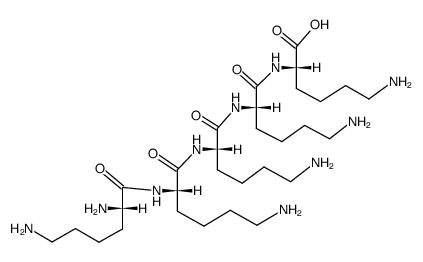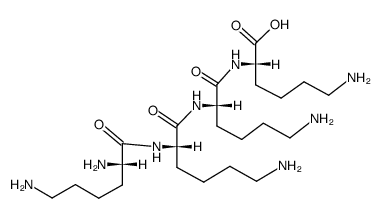| 结构式 | 名称/CAS号 | 全部文献 |
|---|---|---|
 |
三赖氨酸
CAS:13184-14-0 |
|
 |
五聚赖氨酸
CAS:19431-21-1 |
|
 |
四聚赖氨酸
CAS:997-20-6 |